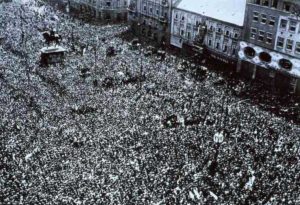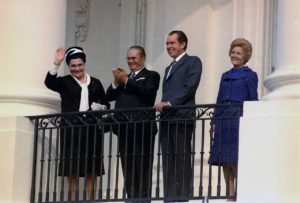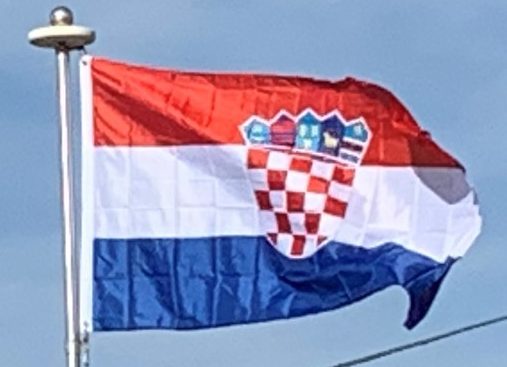In April 1941, Yugoslavia was occupied by Germany and Italy. Following the invasion of the territory, parts of Croatia, Bosnia and Herzegovina, and the region of Syrmia were incorporated into the Independent State of Croatia (NDH), a Nazi-backed puppet state. Parts of Dalmatia were annexed by Italy, and the northern Croatian regions of Baranja and Međimurje by Hungary. The NDH regime was led by Ante Pavelić and ultranationalist Ustaše. NDH was trying to establish such an internal structure that would be consistent with that of the Third Reich and fascist Italy so its authorities introduced racial laws against Jews, Roma and Serbs many of whom were imprisoned in concentration camps. In the same time, antifascist Croats were targeted by the regime as well. The number of Croats killed in the NDH is estimated to be approximately 200,000, either by Ustaše, as members of the resistance movement, or as Axis collaborators. Chetniks killed between 18,000 and 32,000 Croats in whole of Yugoslavia. Furthermore, it is estimated that Ustashe regime systematically murdered somewhere between 200,000 and 340,000 Serbs.
A resistance movement soon emerged. On 22 June 1941, the 1st Sisak Partisan Detachment was formed near Sisak, as the first military unit formed by a resistance movement in occupied Europe. This sparked the beginning of the Yugoslav Partisan movement, a communist multi-ethnic anti-fascist resistance group led by Josip Broz Tito. The movement grew rapidly and at the Tehran Conference in December 1943 the Partisans gained recognition from the Allies.

With Allied support in logistics, equipment, training and air power, and with the assistance of Soviet troops taking part in the 1944 Belgrade Offensive, the Partisans gained control of Yugoslavia and the border regions of Italy and Austria by May 1945, during which thousands of members of the Ustaše, as well as Croat refugees, were killed by the Yugoslav Partisans.
The political aspirations of the Partisan movement were reflected in the State Anti-fascist Council for the National Liberation of Croatia, which developed in 1943 as the bearer of Croatian statehood and later transformed into the Parliament of Croatia in 1945, and AVNOJ—its counterpart at the Yugoslav level.
After World War II, Croatia became a single-party socialist federal unit of the SFR Yugoslavia, ruled by the Communists, but enjoying a degree of autonomy within the federation. In 1967, Croatian authors and linguists published a Declaration on the Status and Name of the Croatian Standard Language demanding greater autonomy for Croatian language. The declaration contributed to a national movement seeking greater civil rights and decentralization of the Yugoslav economy, culminating in the Croatian Spring of 1971, suppressed by Yugoslav leadership. Still, the 1974 Yugoslav Constitution gave increased autonomy to federal units, basically fulfilling a goal of the Croatian Spring, and providing a legal basis for independence of the federative constituents.

